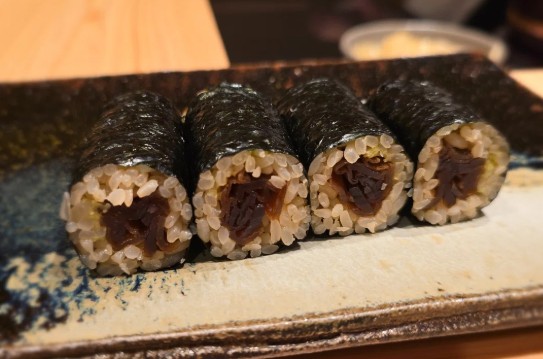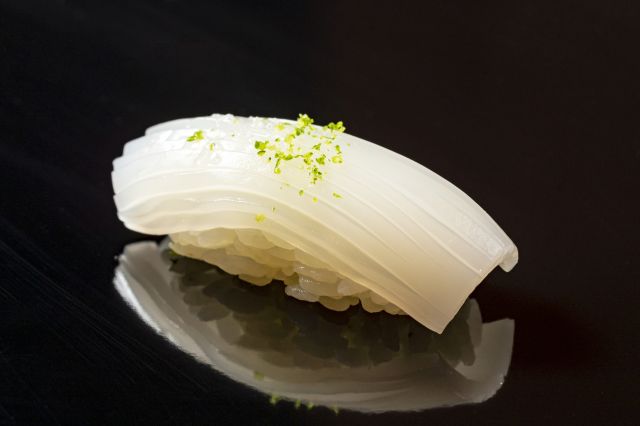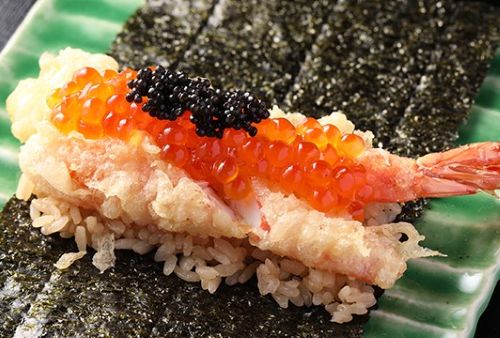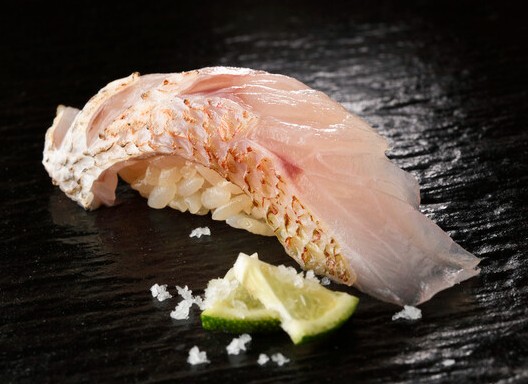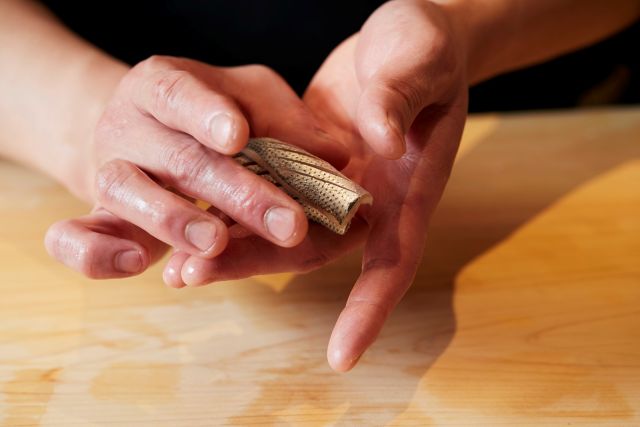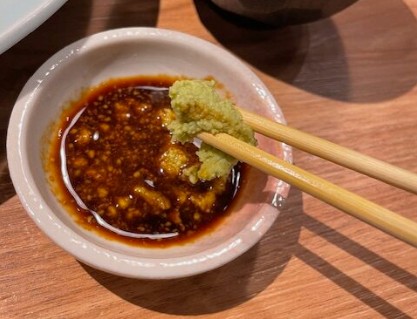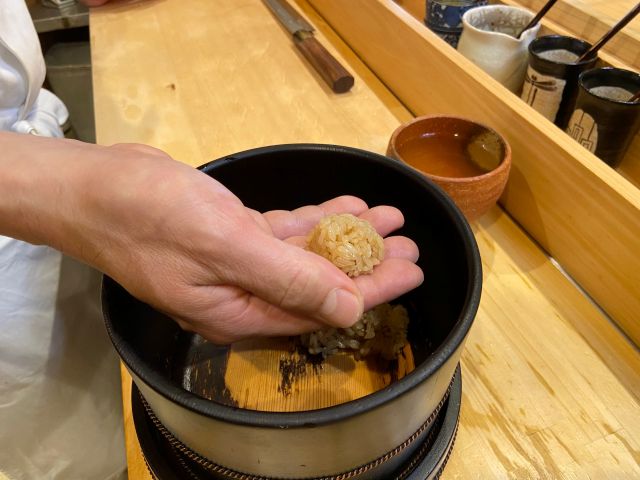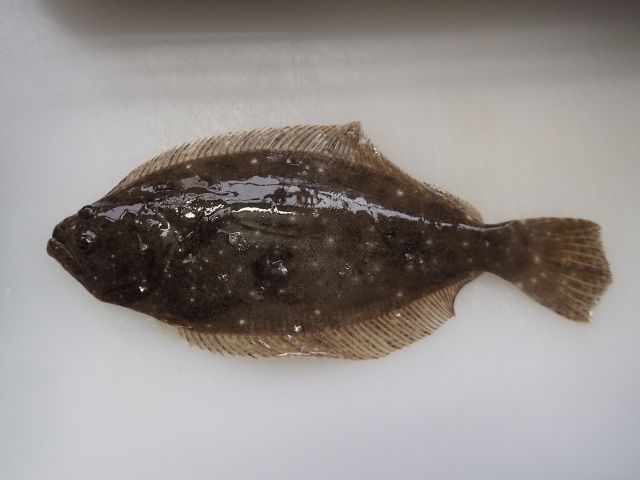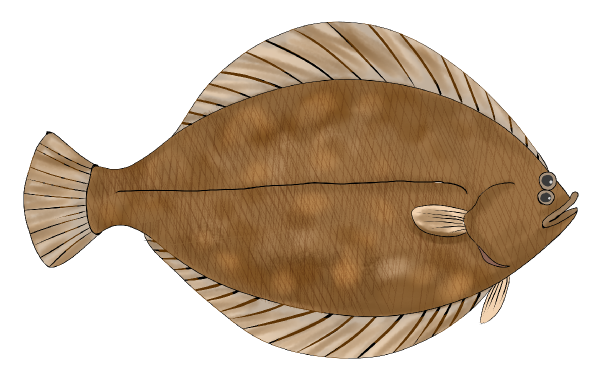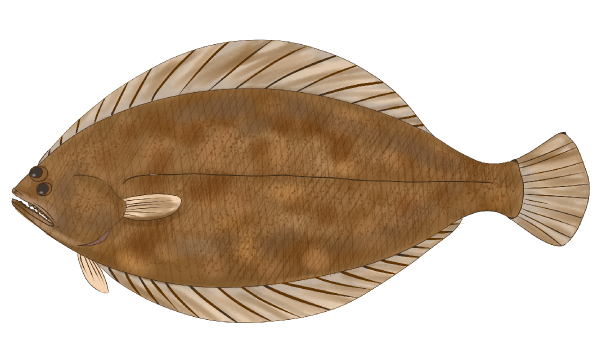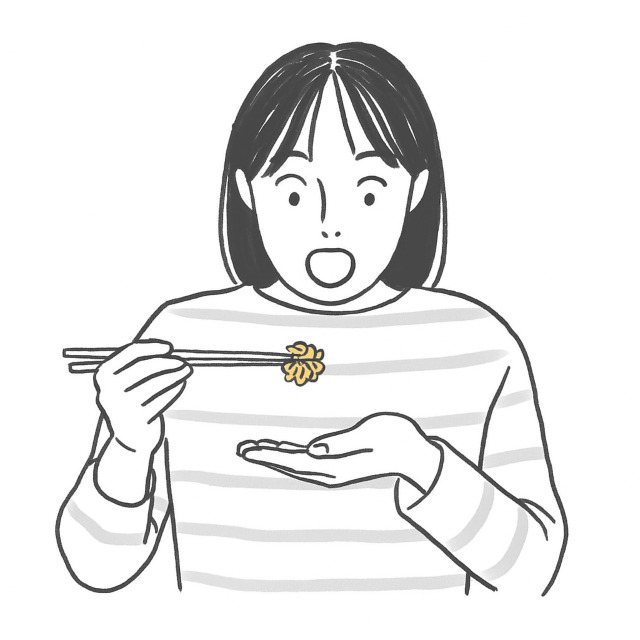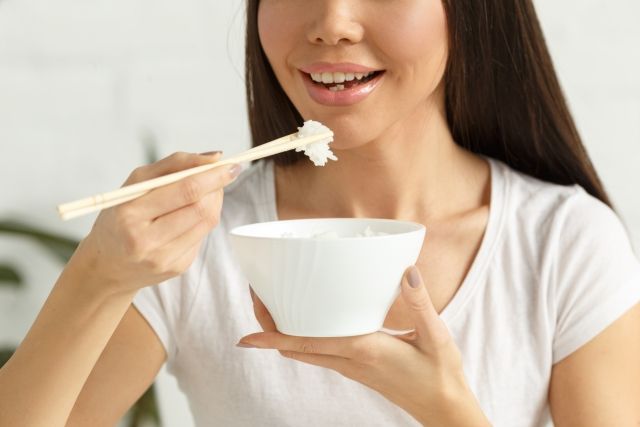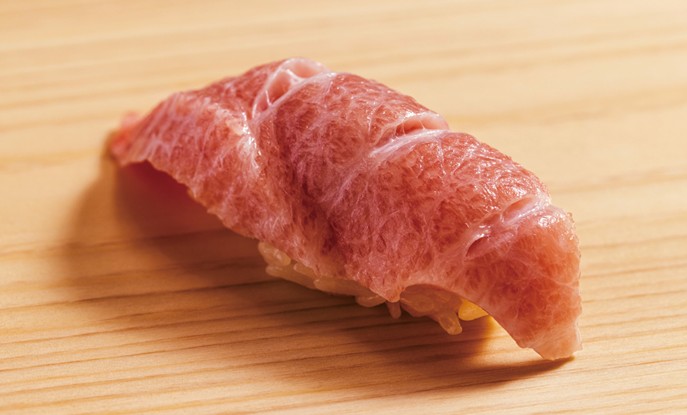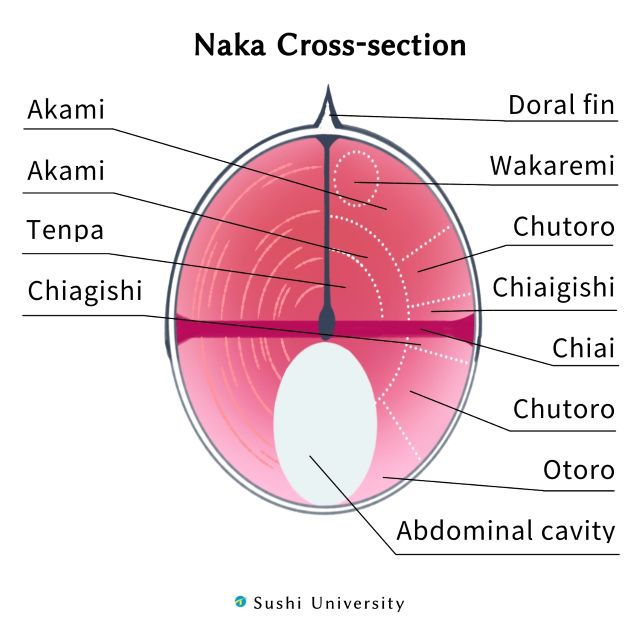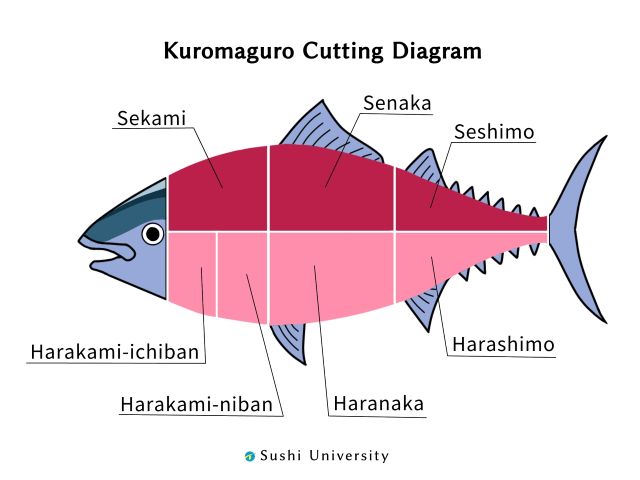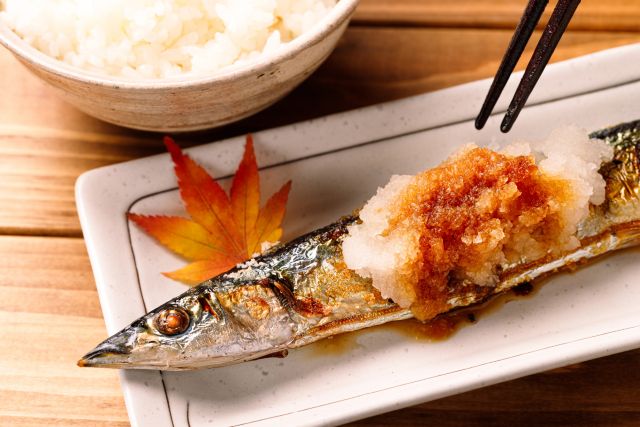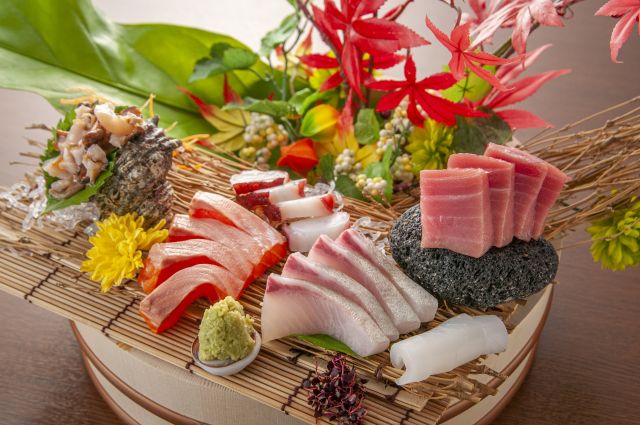
High-end sushi is often compared to the Japanese tea ceremony, emphasizing silence, precision, and restraint. However, sushi is not tea ceremony. While refined movements and quiet concentration are essential, conversation—used thoughtfully—is an indispensable part of the sushi experience, especially for international guests and beginners. Observing the sushi chef’s movements, called shosa (所作) povides insight into quality, intention, and hospitality. These gestures are subtle, often unspoken, yet deeply meaningful.
For diners who lack deep knowledge of fish, seasonality, or Japanese culinary culture, serving sushi without explanation can create distance rather than appreciation. Many foreign guests do not recognize fish names, understand why certain ingredients appear only briefly each year, or notice how subtle changes in preparation affect flavor. Explaining what the fish is, why it is in season, and what the chef intends the guest to experience transforms the meal into a cultural encounter.
The chef’s hands tell the story of the sushi. Notice how rice is gently molded with minimal pressure, preserving air and texture. This careful shaping is evident when the sushi is placed on the plate: it often sinks slightly under its own weight, a subtle sign that the rice has been lightly pressed while maintaining internal air pockets, resulting in a delicate, melt-in-the-mouth texture. Fish is slid onto the shari rather than pressed, and pieces are placed at precise angles so they can be eaten naturally according to the guest’s dominant hand. Even wiping the knife after each cut prevents flavors from mixing. Some preparations, like kuruma-ebi (Japanese tiger prawn or Kuruma prawn), are intentionally cut into two pieces—not for cost reasons, but because the prawn is often too large to eat in one bite. This is done as a thoughtful consideration, particularly for women or guests who may find a full piece difficult to handle, ensuring comfort and ease when eating.
By contrast, seasoned diners who visit sushi restaurants weekly and intuitively understand seasonal transitions may prefer silence. For them, minimal conversation allows full concentration on texture, temperature, and balance. In such cases, shared knowledge replaces words.
True mastery lies in discernment. A great sushi chef knows when to speak and when not to, adjusting the level of explanation to each guest. This sensitivity is part of professional practice, no less important than knife skills or shari preparation.
However, it is important to recognize that in sushi restaurants in general, it is unreasonable to expect the chef to have the language skills of a professional interpreter, and they cannot dedicate extensive time to explaining every detail. As a result, the quiet atmosphere—though sometimes regrettable for those seeking understanding—remains a natural and integral aspect of authentic Edomae sushi dining
In the context of gastronomy tourism, conversation is not a distraction from authenticity; it is a bridge. Thoughtful dialogue allows international guests to understand, respect, and fully enjoy sushi as a living culinary culture, not a silent ritual.
Related content
Sushi restaurants are a place for conversation!?
[sc_apply url=”https://sushiuniversity.jp/apply/”]
We hope this information will be helpful.

Revision date: December 22, 2025
Share this article
